Cats have long fascinated humans with their mysterious behaviors and captivating antics. Among these intriguing behaviors is their intense fascination with watching birds. Cats can spend hours perched by a window, their eyes fixated on the fluttering creatures outside. But what is it about birds that so captivates our feline friends? Let’s dive into the science behind this fascinating behavior.
The Hunter’s Instinct
Cats are natural-born hunters. This instinct dates back to their wild ancestors, who relied on their hunting prowess for survival. Even domesticated cats retain this primal trait. Watching birds triggers a cat’s hunting instinct, allowing them to engage in a mental exercise that mimics hunting. The sight of a bird fluttering its wings or hopping on the ground can stimulate a cat’s desire to chase and capture. This behavior is deeply embedded in their DNA, making it almost irresistible for a cat to ignore.
Visual Stimulation
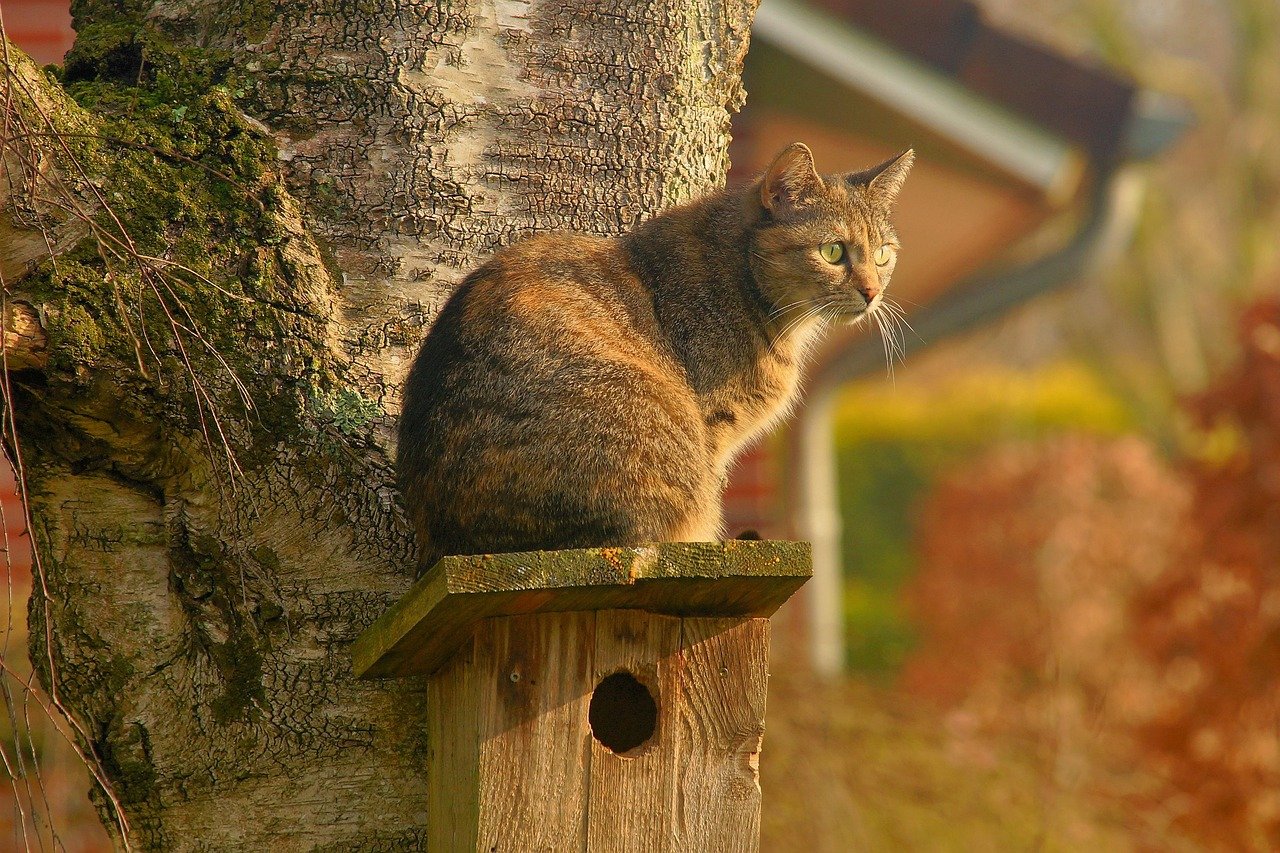
Cats are visually stimulated creatures. Their keen eyesight allows them to detect even the slightest movements in their environment. Birds, with their vibrant colors and erratic flight patterns, provide an ideal source of visual stimulation. The rapid movements of birds can captivate a cat’s attention, keeping them engaged and entertained for extended periods. This visual engagement is not only entertaining but also mentally stimulating for cats, offering them a form of enrichment.
The Challenge of the Chase
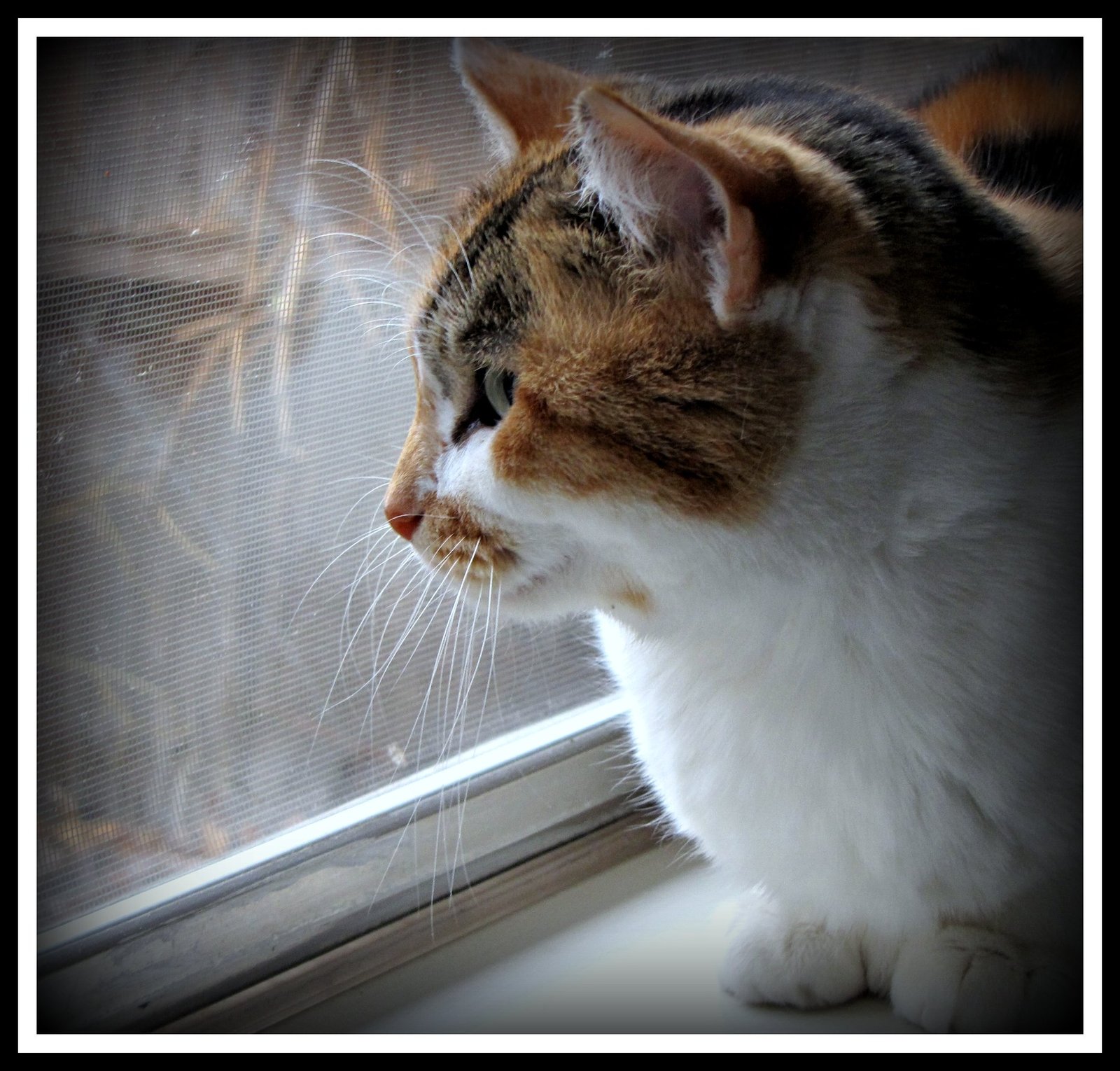
The thrill of the chase is another reason why cats love to watch birds. Even if they can’t physically chase the birds, observing them provides a mental version of the chase. This behavior taps into their natural curiosity and desire for a challenge. Cats are problem solvers by nature, and watching birds gives them a puzzle to solve. How would they catch the bird if they were outside? This mental exercise keeps their minds sharp and active.
Birds as a Source of Entertainment
Birds provide endless entertainment for cats. Much like humans enjoy watching a captivating movie, cats find amusement in observing the dynamic and unpredictable movements of birds. The varied actions of birds, from pecking at food to taking flight, provide a constantly changing scene that can captivate a cat’s attention. This form of entertainment is especially important for indoor cats, who may not have as many opportunities for stimulation.
Sound Sensitivity
Cats have an acute sense of hearing. The chirping and singing of birds are easily picked up by a cat’s ears, drawing their attention. These sounds can be intriguing and exciting for cats, adding an auditory layer to their bird-watching experience. For many cats, the combination of visual and auditory stimuli makes watching birds an immersive experience that is hard to resist.
Natural Curiosity
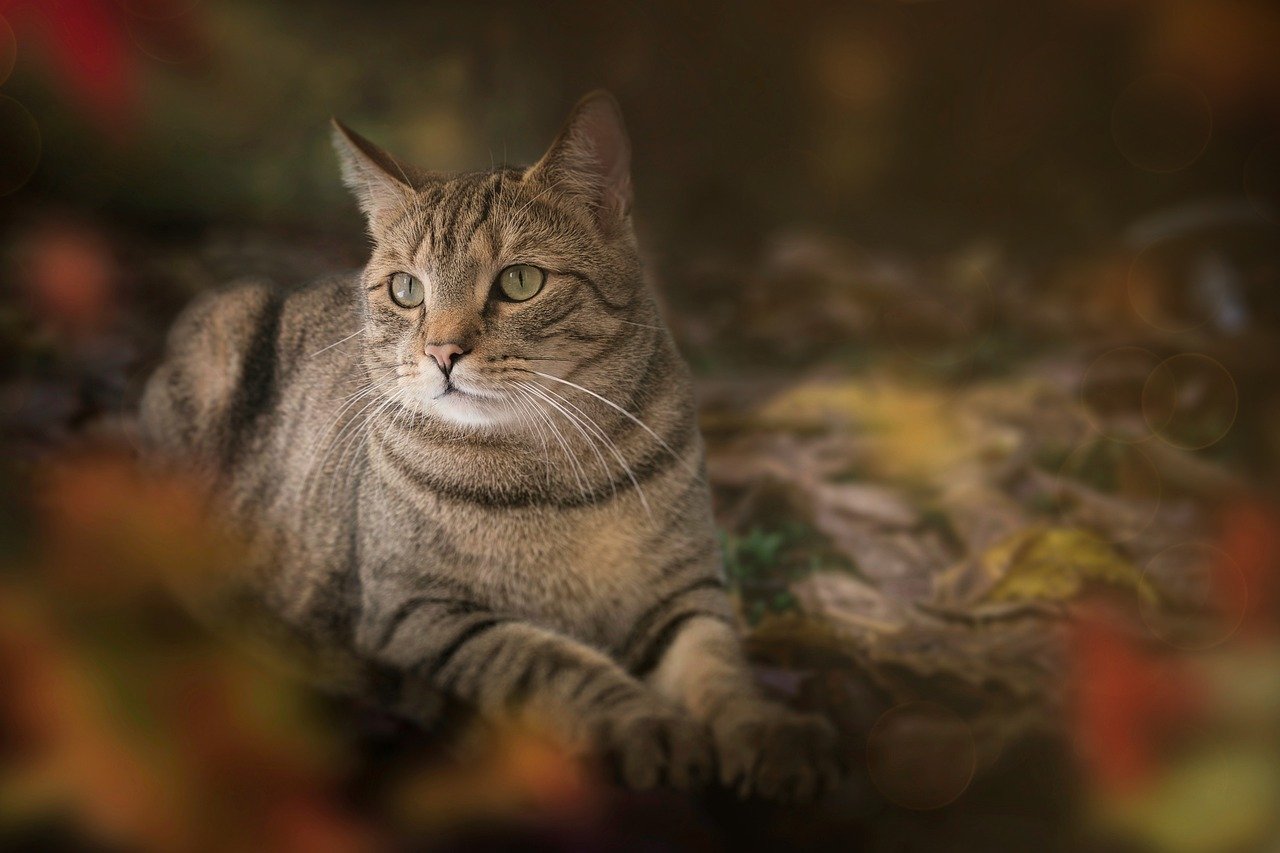
Cats are inherently curious creatures. Their curiosity drives them to explore and investigate their surroundings. Birds, being lively and unpredictable, pique a cat’s curiosity. This natural inquisitiveness leads cats to observe birds closely, trying to understand their behavior and movements. This curiosity is part of what makes cats such fascinating companions.
Environmental Enrichment
For indoor cats, watching birds can serve as a critical form of environmental enrichment. It offers a way to engage their senses and instincts in a safe environment. This enrichment is essential for their mental and emotional wellbeing, preventing boredom and behavioral issues. By providing opportunities for bird-watching, cat owners can help ensure their pets remain happy and stimulated.
Instinctual Preparation
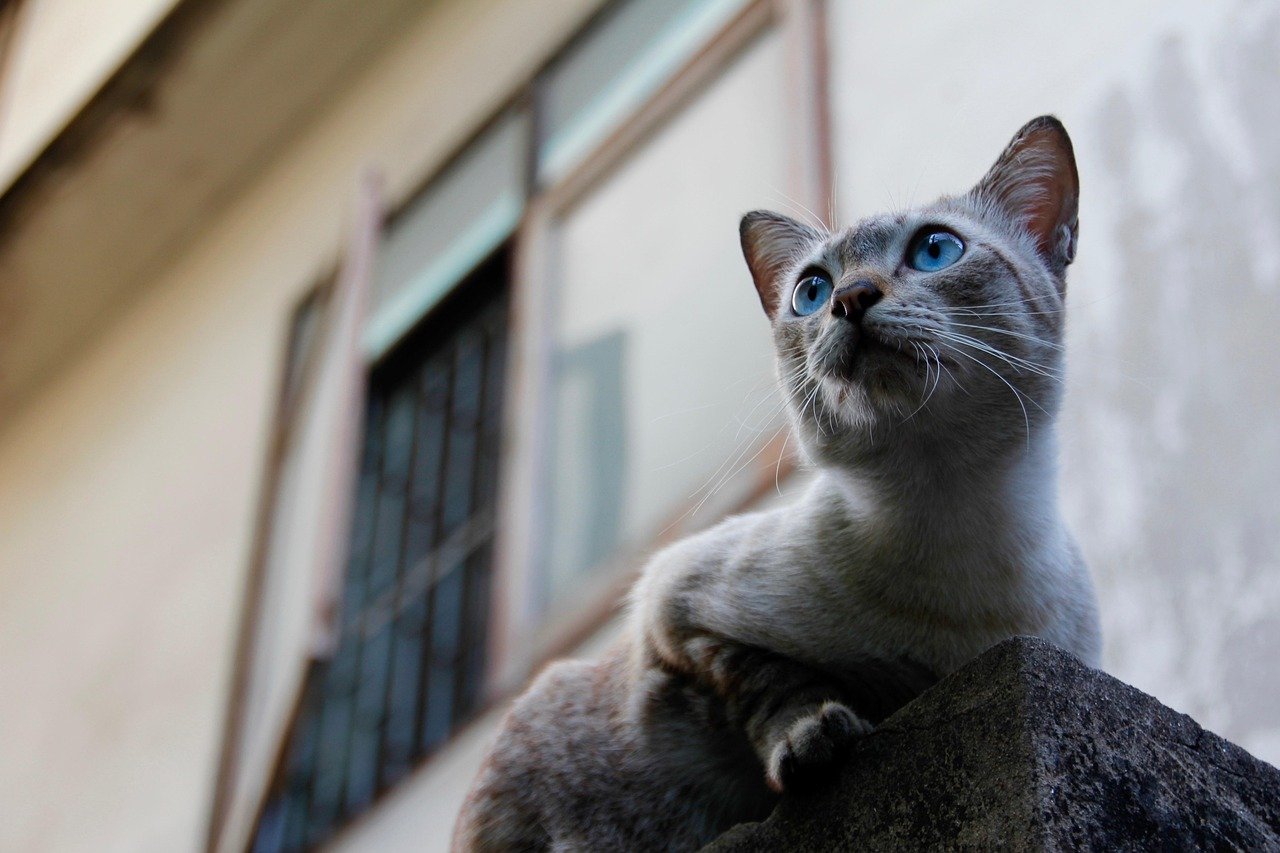
Even though many domestic cats have never had to hunt for food, their instincts prepare them for such activities. Bird watching allows cats to practice and refine these instincts. It serves as a form of instinctual preparation, keeping their hunting skills sharp and ready, even if they’re never used. This behavior is a testament to how deeply ingrained these instincts are in our feline companions.
The Element of Surprise
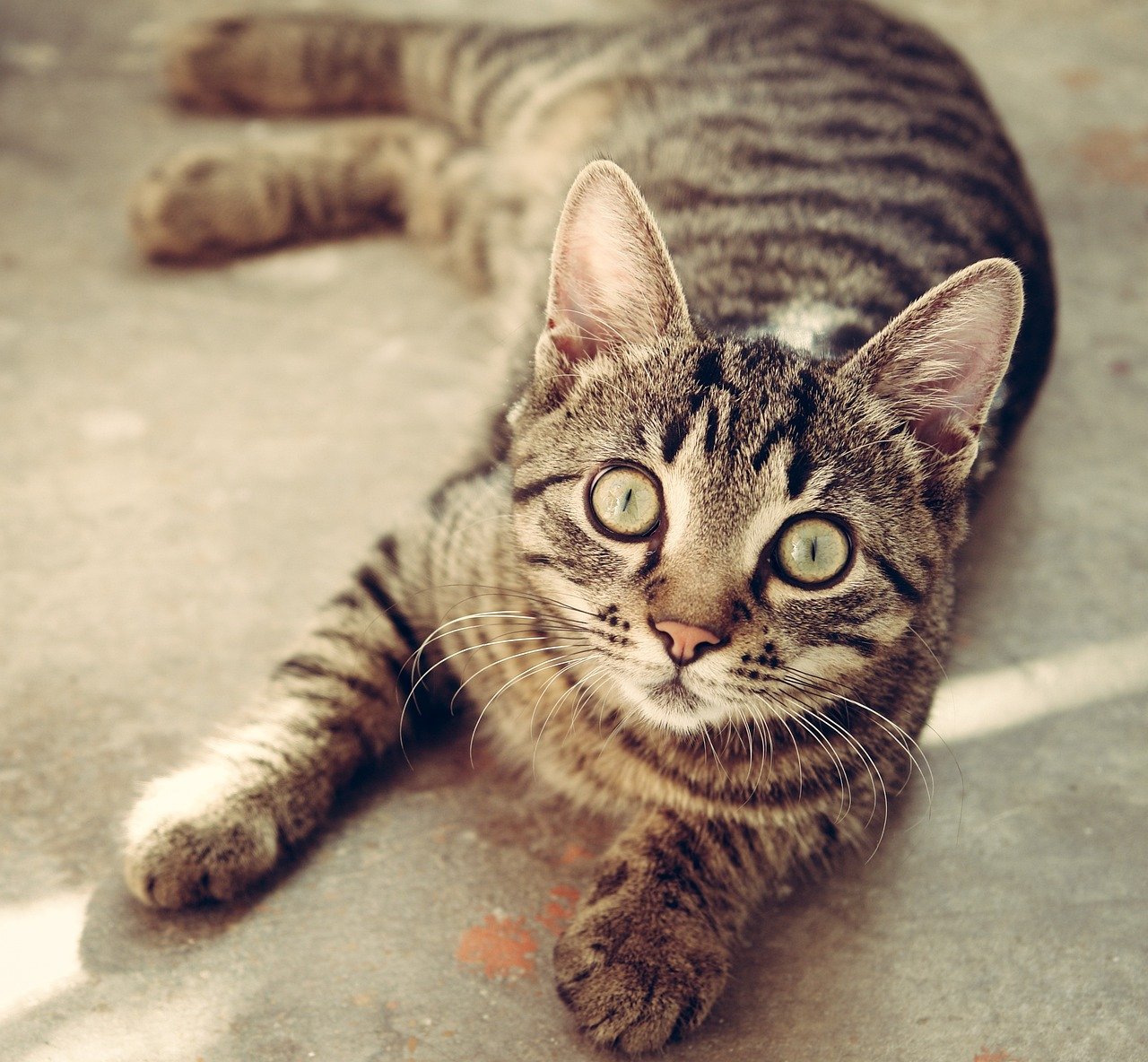
Cats love the element of surprise, and watching birds offers plenty of it. Birds can suddenly take flight, change direction, or disappear from view, keeping cats on their toes. This unpredictability adds excitement and intrigue, making the experience all the more engaging. The element of surprise keeps cats engaged and eager for more, much like a thrilling game.
A Connection to Nature
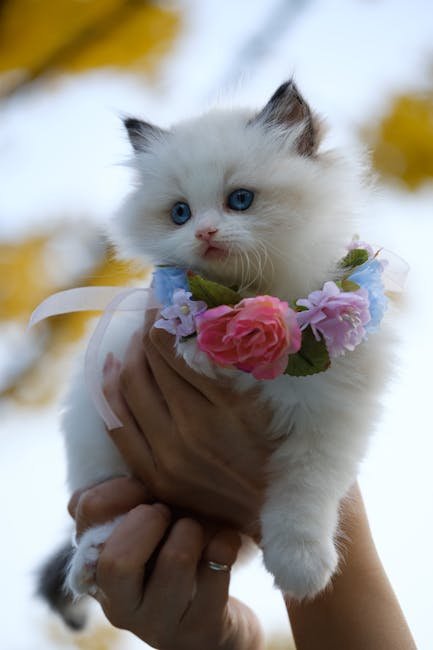
Watching birds provides cats with a connection to the natural world. Even if they’re kept indoors, this activity allows them to engage with nature in a meaningful way. Observing birds offers a glimpse into a world that is instinctually familiar to them. This connection to nature can be comforting and fulfilling for cats, reminding them of their wild roots.
Visual Acuity
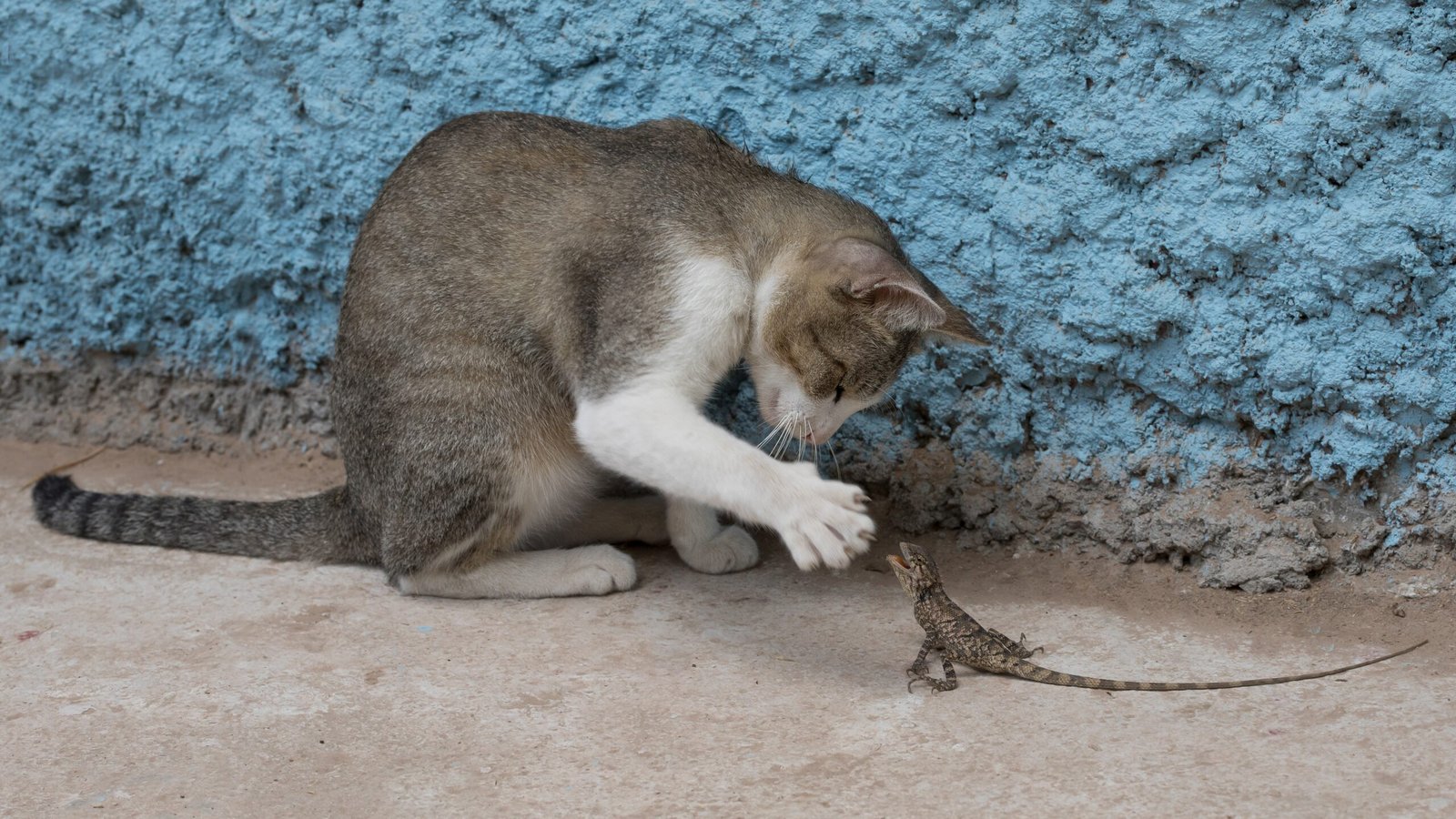
Cats have remarkable visual acuity, particularly in low light conditions. This ability allows them to track the quick and often erratic movements of birds with ease. Their eyes are specially adapted to detect motion, making them excellent bird watchers. This visual prowess is another reason why cats are so captivated by birds, as it allows them to follow and anticipate their movements effectively.
Mimicking Prey Behavior
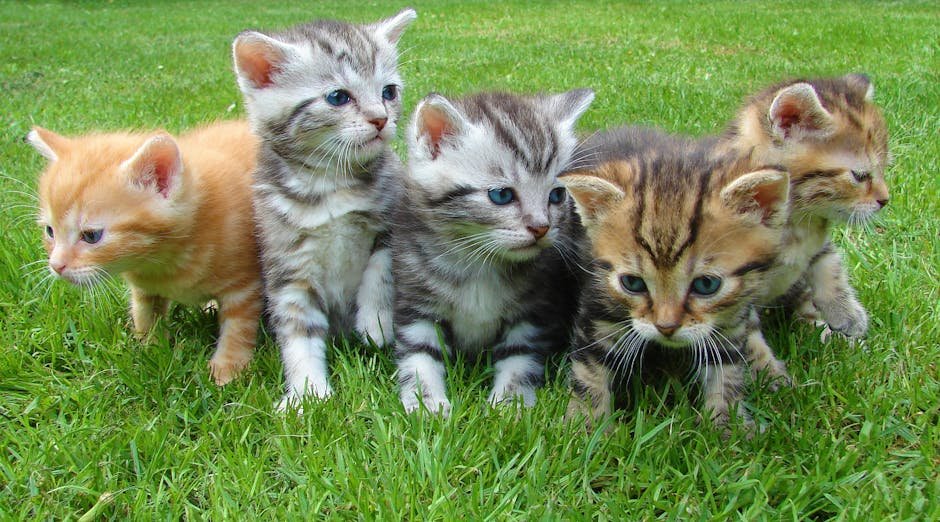
Birds exhibit behaviors that mimic those of prey, such as sudden movements and evasive actions. These behaviors can trigger a cat’s predatory instincts, making them more inclined to watch closely. By observing these prey-like behaviors, cats can mentally practice their hunting skills, even if they’re not physically pursuing the birds. This mimicry is a key factor in why birds are so captivating to cats.
Social Interaction
For some cats, watching birds can be a form of social interaction. They may vocalize or chatter at the birds, mimicking the sounds of communication. This behavior can be seen as a way for cats to “talk” to the birds, even if the birds don’t respond in kind. This interaction can be satisfying for cats, providing them with a sense of connection and engagement.
Natural Playfulness
Cats are naturally playful creatures, and watching birds taps into this playfulness. The darting and diving of birds can resemble a lively game, enticing cats to participate mentally. This playfulness is not only enjoyable for cats but also beneficial for their overall wellbeing, as it encourages mental and physical activity.
Stress Relief
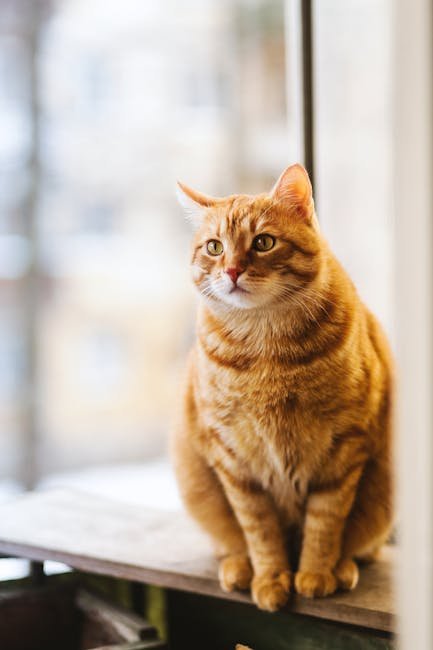
For many cats, watching birds can be a form of stress relief. The activity is calming and can help reduce anxiety or boredom. By focusing on the birds, cats can enter a state of relaxation, much like humans do when engaging in a favorite hobby. This stress relief is particularly important for cats living in busy or noisy environments.
Natural Curiosity
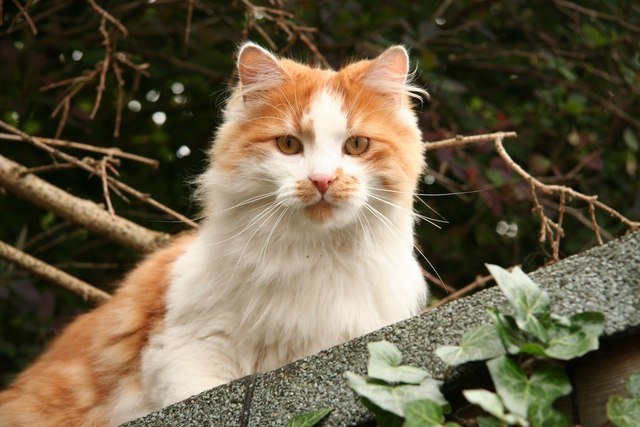
Cats are inherently curious creatures. Their curiosity drives them to explore and investigate their surroundings. Birds, being lively and unpredictable, pique a cat’s curiosity. This natural inquisitiveness leads cats to observe birds closely, trying to understand their behavior and movements. This curiosity is part of what makes cats such fascinating companions.
Habitual Observation
Over time, watching birds can become a habitual behavior for cats. They may develop routines around bird-watching, such as sitting by a particular window at a certain time of day. This habit can provide structure and predictability in a cat’s life, which is beneficial for their overall wellbeing. Habitual observation also reinforces the behavior, making it a regular part of their daily activities.
Instinctual Satisfaction
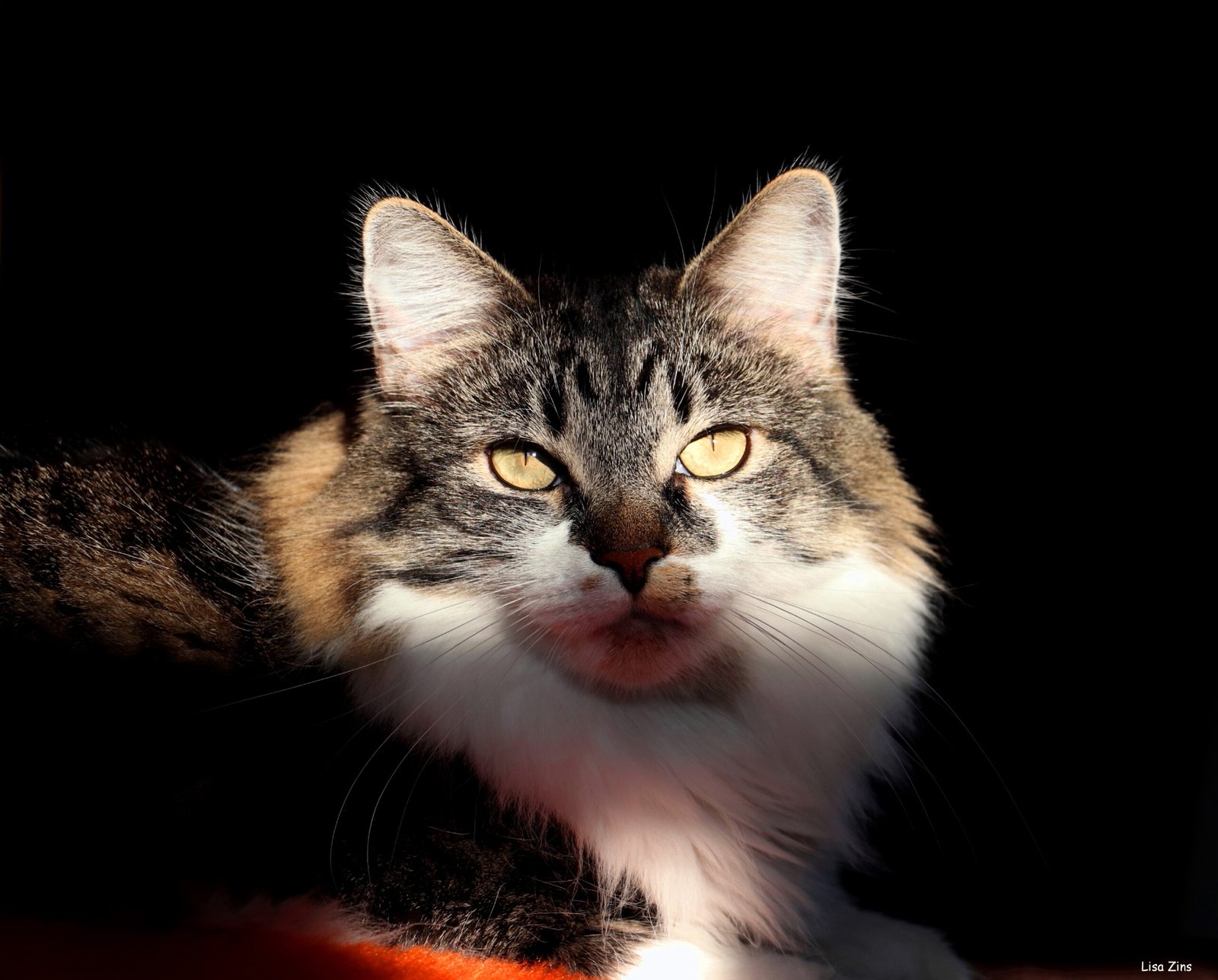
Watching birds can provide cats with a sense of instinctual satisfaction. Even if they never catch a bird, the mere act of observing them can fulfill a cat’s natural desires. This satisfaction is important for a cat’s mental health, as it allows them to engage with their instincts in a safe and controlled way. This fulfillment can contribute to a happier and more content feline.
Enjoyment of Movement

Cats are drawn to movement, and birds provide a constant source of it. The flapping of wings, the hopping along branches, and the sudden take-offs are all movements that captivate a cat’s attention. This enjoyment of movement is a key factor in why cats are so drawn to watching birds, as it provides them with a dynamic and ever-changing spectacle.
Conclusion
In conclusion, the fascination cats have with watching birds is deeply rooted in their instincts, senses, and natural behaviors. From the hunter’s instinct to the enjoyment of movement, there are numerous factors that contribute to this captivating behavior. Understanding these reasons not only helps us appreciate our feline companions more but also reminds us of their rich and complex nature. This knowledge can help cat owners provide a more enriching environment for their pets, ensuring they remain happy, healthy, and entertained.
Hi, I’m Bola, a passionate writer and creative strategist with a knack for crafting compelling content that educates, inspires, and connects. Over the years, I’ve honed my skills across various writing fields, including content creation, copywriting, online course development, and video scriptwriting.
When I’m not at my desk, you’ll find me exploring new ideas, reading books, or brainstorming creative ways to solve challenges. I believe that words have the power to transform, and I’m here to help you leverage that power for success.
Thanks for stopping by, Keep coming to this website to checkout new articles form me. You’d always love it!



